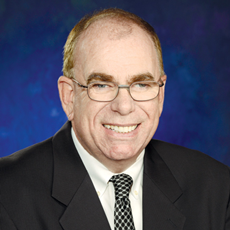
There’s no doubt the skilled care sector faces its share of challenges. While there have been hardly any new facilities built in recent years, occupancy levels remain myopic or worse. And the long-awaited Silver Tsunami (and unprecedented numbers of ADL-challenged and post-op seniors) won’t reach shore for a few years.
Then there’s the fact that barely a month goes by where we don’t see another major player flirting with a death rattle. Still, it’s very possible historians may judge this era as a sort of Golden Age for skilled care. No, I have not been drinking.
Let’s not forget that Congress just gave operators a huge break by trimming corporate taxes. I asked a CPA friend who fills in the forms for businesses to help me wrap my head around the implications. His answer: For every $1 million in revenue, the new law trims Uncle Sam’s share by $140,000. Not too shabby.
Providers also are benefiting from one of the most pro-business administrations and Congresses to come along in many a moon. President Trump has been an ardent supporter of red-tape reduction since Day 1 in office.
And now comes even more good news for operators. The Centers for Medicare & Medicaid Services Director of the Center for Clinical Standards and Quality Kate Goodrich just predicted this will be a major year for regulatory reform and burden reduction.
Speaking at a CMS and Office of the National Coordinator for Health IT listening session, Goodrich said that there is much the agency can do to reduce provider burden via sub-regulatory guidance. As one example, Goodrich touted the Patients Over Paperwork initiative, which will enhance the experience providers have with CMS and improve care.
CMS also has a proposed rule under review that would “reform Medicare regulations that CMS has identified as unnecessary, obsolete, or excessively burdensome on healthcare providers and suppliers.”
So, yes, market conditions could be better. But they could also be much worse. And in this business, that’s not bad.
From the April 01, 2018 Issue of McKnight's Long-Term Care News




